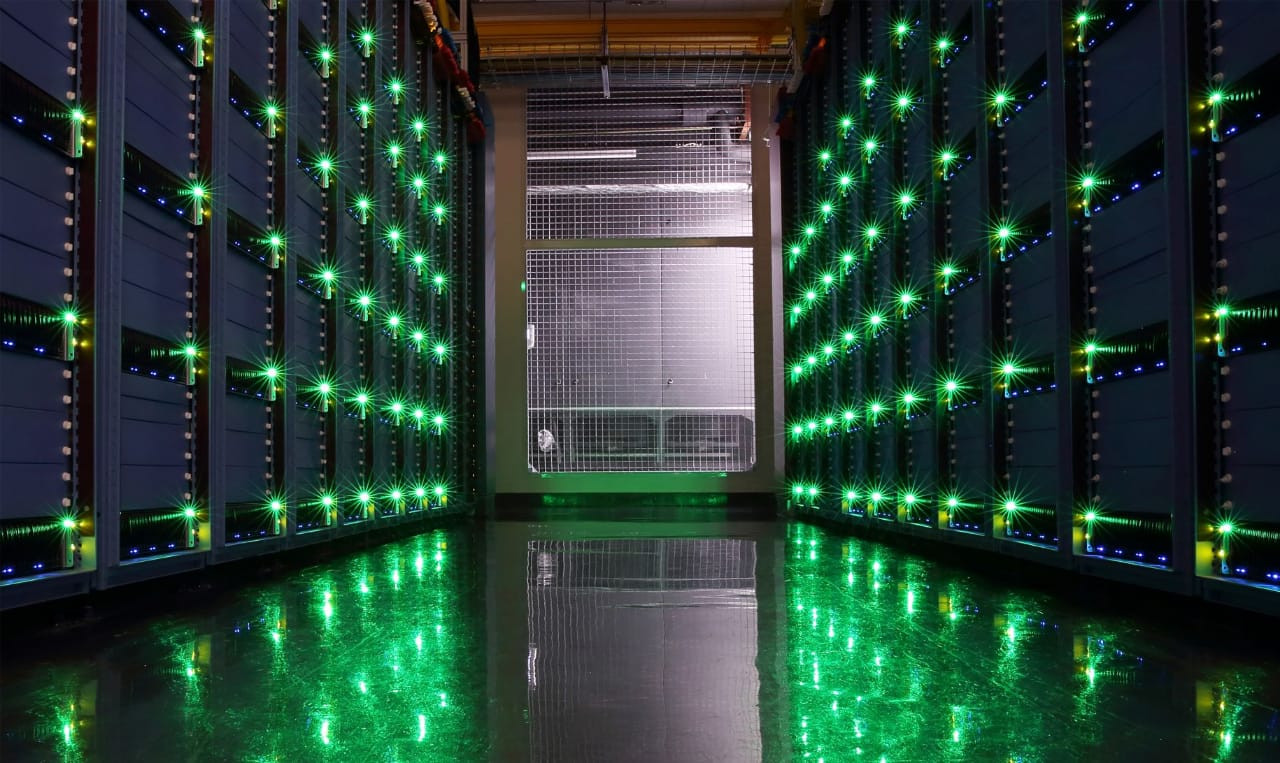Popular Reads
Top Results
Can't find what you're looking for?
View all search resultsPopular Reads
Top Results
Can't find what you're looking for?
View all search resultsBuilding the data center of the future
More than 50 percent of the operating cost of a modern-day data center is driven by energy consumption.
Change text size
Gift Premium Articles
to Anyone
A
s expectations grow from data centers due to pandemic driven digitalization and transformation, bridging the vast number of sub-systems is the way forward to make them future ready.
As traffic on the Internet grows and enterprises continue to digitalize, the infrastructure required to support the transition – from offline to online, on-premises to the cloud – must advance as well. While it is well known that the energy required for tomorrow's data center is likely to match that of a medium sized city, there are also other looming challenges giving tech chiefs sleepless nights.
A modern-day data center consists of many sub systems. The simultaneous usage of power distribution, water systems, emergency backup, communications, security and surveillance, and multiple other support systems, creates added complexity. For effective performance and cost management, these sub systems must talk and work in concert with each other.
The pandemic brought about a global realization that the online world is real, viable and the way forward for tomorrow. With the emphasis shifting to the virtual world, from online collaboration, trade and commerce to online supply chains and routing, data center customers are becoming more demanding in their expectations.
They want 100 percent availability and no down-time. They expect to be able to get serviced on demand, and to be able to pay as they go. Increasing performance and efficiency, with reducing costs, are key expectations from advanced data centers. In theory, modern-day data centers are built with digital technologies, so these evolving expectations are not unsupported. But while compute infrastructures and overlaying applications like cloud platforms have innovated to become elastic, data centers are not there as yet.
There are at least three principal data center challenges that can be rectified by having a unified integrated management system, bridging the industrial and digital side of operations effectively.
Downtime and outage: Downtime of a data center or parts of it can prove to be very damaging for customers.
A recent global survey of 1,500+ data center customers found that 34 percent experienced downtime with an average cost of US$1 million. One of the primary reasons for this is the lack of asset management tools that do not allow predictive maintenance models to be built up.
Data center administrators are unable to allocate resources or execute preemptive maintenance because they lack real time visibility into industrial assets. About 60 percent of respondents in the same survey acknowledged that their most recent outages could have been prevented with better asset management practices in place.
More than 50 percent of the operating cost of a modern-day data center is driven by energy consumption. Controlling energy consumption through asset monitoring can immediately help to reduce the overall operating costs. Utilities typically use a slab-wise pricing with each subsequent slab having a higher tariff. Controlling and keeping the consumption in the lower slabs can help reduce the energy consumption bills. Data center managers can strive to control their energy bills by having analytics and real time operating models for all sub systems and assets.
Compute, virtualization and networking infrastructures have their own complexity and require their own management systems. The rest of the support systems within a data center also have their unique set of challenges. There are many specialized internal systems that coexist and yet are siloed such as Data Center Infrastructure Management Solutions, Building Management Systems, Building Automation Systems, Building Energy Management Systems, among others. 77 percent of respondents from the same survey want better integration of these systems.
As each system is compartmentalized, it is very difficult to generate a single window to visualize the end-to-end operations and take holistic decisions to improve performance. Due to the lack of a single dashboard for management decisions, data center administrators are also bogged down with a deluge of data emerging from each sub-system.
The growing efficiency of Industrial Internet of Things (IIoT) sensors and the resulting mountain of unstructured data, are also raising the urgency to integrate, build dashboards, create meaningful insights, and build proactive operations.
Creating a unified operations center is one way to converge sub-system equipment and applications into a single, cohesive management environment. A unified operation also facilitates management of multiple dispersed data centers and the ability to manage them remotely.
As workloads on global and regional data centers show no signs of any slowdowns, data center administrators must prioritize unification to remain increasingly profitable and simultaneously meet customer expectations.










